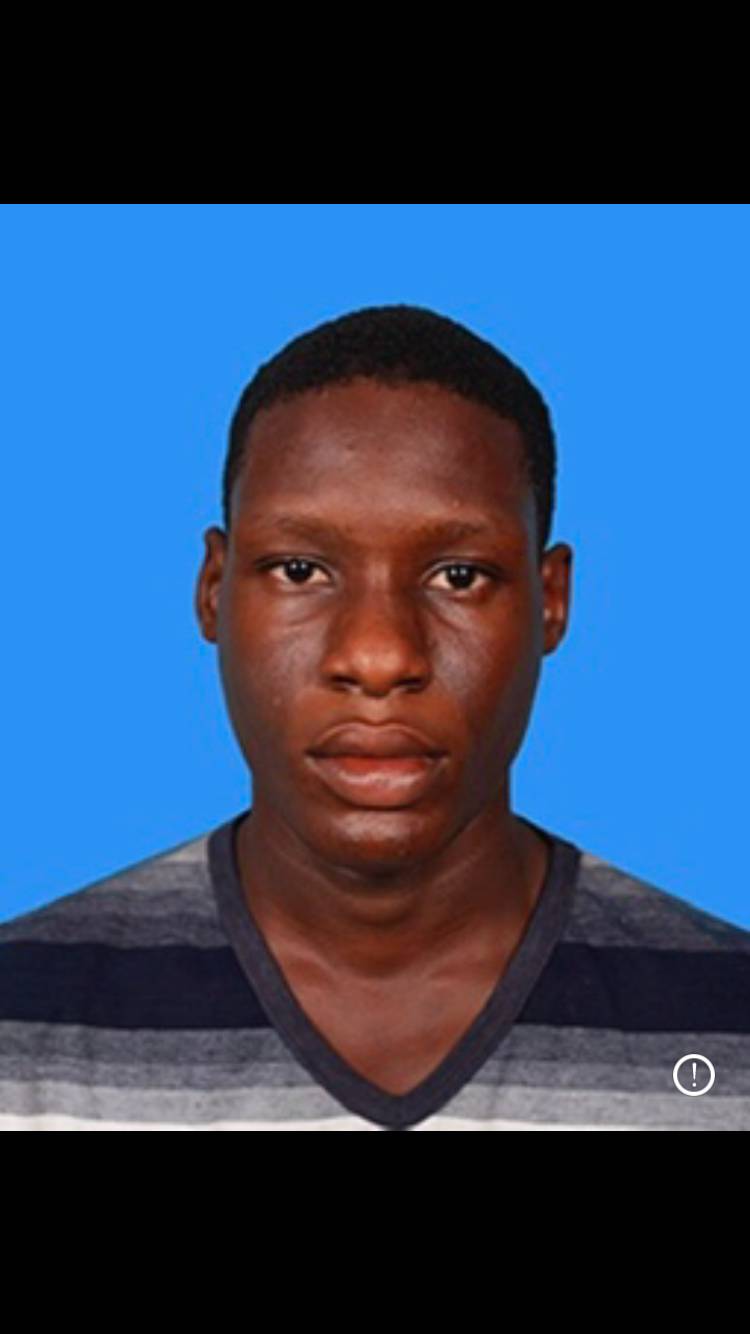Disadvantages and Difficulties of Organisational Charts
PRINCIPLES OF GOOD ORGANIZATION
Unity of Objective
There should be an objective of the business and clearly specified. Every part of the organization must contribute to the attainment of the objective. It should be part of the work being done to achieve the objective of the business.
Responsibility
In a good organization, authority, duties, and responsibility assigned to each post are clearly defined in writing so that each individual in the organization knows exactly the task which he is responsible.
Specialisation
The responsibility should be assigned to the individuals in the organization. As far as possible each individual should perform one function only in which he can be a specialist. However, if several responsibilities are assigned to one post, they should bear common characteristics.
Correspondence
Each individual assigned responsibility should be given the necessary authority to enable him carry out his responsibilities.
The Scalar
There should be clear lines of authority or chains of command from the top of the organisation to every individual working.
Accountability
The individual in an organisation is responsible to his superior for the quality of his work. That is when an executive assigns responsibilities and delegates authority to a subordinate, the executive assumes the obligation of evaluating the quality of the subordinates performance.
Unity of Command
This means that no member of an organisation should have more than one supervisor. Confusion and disorganisation result when subordinates have work assigned to them and accountable to more than one supervisor.
Span of Control
Also known as Span of Responsibility. It refers to the number of employees who are directly supervised by one person. An executive should not supervise too many individuals, to be overworked and unable to perform his function effectively. So also if an executive has too few persons to supervise, valuable time is wasted. In general, the span of control can be larger at the lower levels than at the upper levels of an organisation.
MANAGEMENT STRUCTURE (LEVELS OF MANAGEMENT)
Management in the contexts of the people who manage the company consist of the different grades of authority and responsibility running from the highest level down to the lowest level. Highest in this hierarchy of management is the Board of Directors.
The Board of Directors
They are also known as top management. The board of directors is a management committee responsible for a) the formulation of objectives and b) determining policy of the company. The board is responsible to the owners, that is, shareholders of the business in the running of the company. Shareholders can come from any place, from the country or from outside it. Therefore they can’tall manage the operations of the business themselves. Accordingly Board of Directors is elected from among the shareholders at their Annual General Meetings. The Board of Directors usually comprises of:
The shareholders approve the payment from the company’s funds to pay the Executive Directors.
The Board of Directors have the chairman who acts as figurehead of the company. He chairs the boards meetings and presents the Annual Report to the shareholders at the Annual General Meeting.
The Managing Director (Chief Executive)
The Board of Directors do not meet always so after laying down the objectives and the policies of the company, they would delegate to one of their members, the Managing Director, the task of carrying out
these policies and report on his work to the board. His chief duty is to put into effect the decisions made by the board. He does so by interpreting or explaining then transferring to the heads of department for their
administration. He also sees that the company functions according to the company’s policy. He therefore works in close relation with the chairman. It is through the Managing Director that important questions
raised by executives are channelled to the Board of Directors for decisions. All directors especially executives are responsible to him.(He is a part of the board and also holds the topmost position when it comes to the actual running of the business)
The General Manager
He is also an executive given full responsibility for a self-contained section of the business. This might be an overseas branch or a division of the organisation. Usually he ranks as an Executive Director, but has his
own executives responsible to him. He is also responsible to the board.
The Heads of Department (Managers or directors)
These are the people who administer the policies of the board of directors, that is, they put the policies of the board into practice or action.
In their administration of these policies, they convert the instructions or policies given to them by the chief executive into detailed plans and direct the people under them to act according to these plans in order to achieve the objectives of the department and the business.
The departmental managers are accountable for the achievement of their objectives for which they have been delegated responsibility and authority. In other words they have to explain to the board of directors why they have not been able to achieve the objectives or performed the task contained in the instructions of the board of directors as issued to them by the Managing Director.
Middle or Supervisory Management
The levels of management below the heads of department are termed as middle or supervisory management. Middle or supervisory management may be broadly classified into;
Appointed to control or head the activities of groups of people. Each group is also under a group leader. Sectional heads intermediate between the departmental managers and the group leaders. They perform the following duties:
They are the personnel of each working group. They head or lead the people who are actually doing the work either through the operation of their machine or a manual work. They are therefore described as “The First Line Management”. They directly control the activities of the operating or working personnel. Their duties include:


